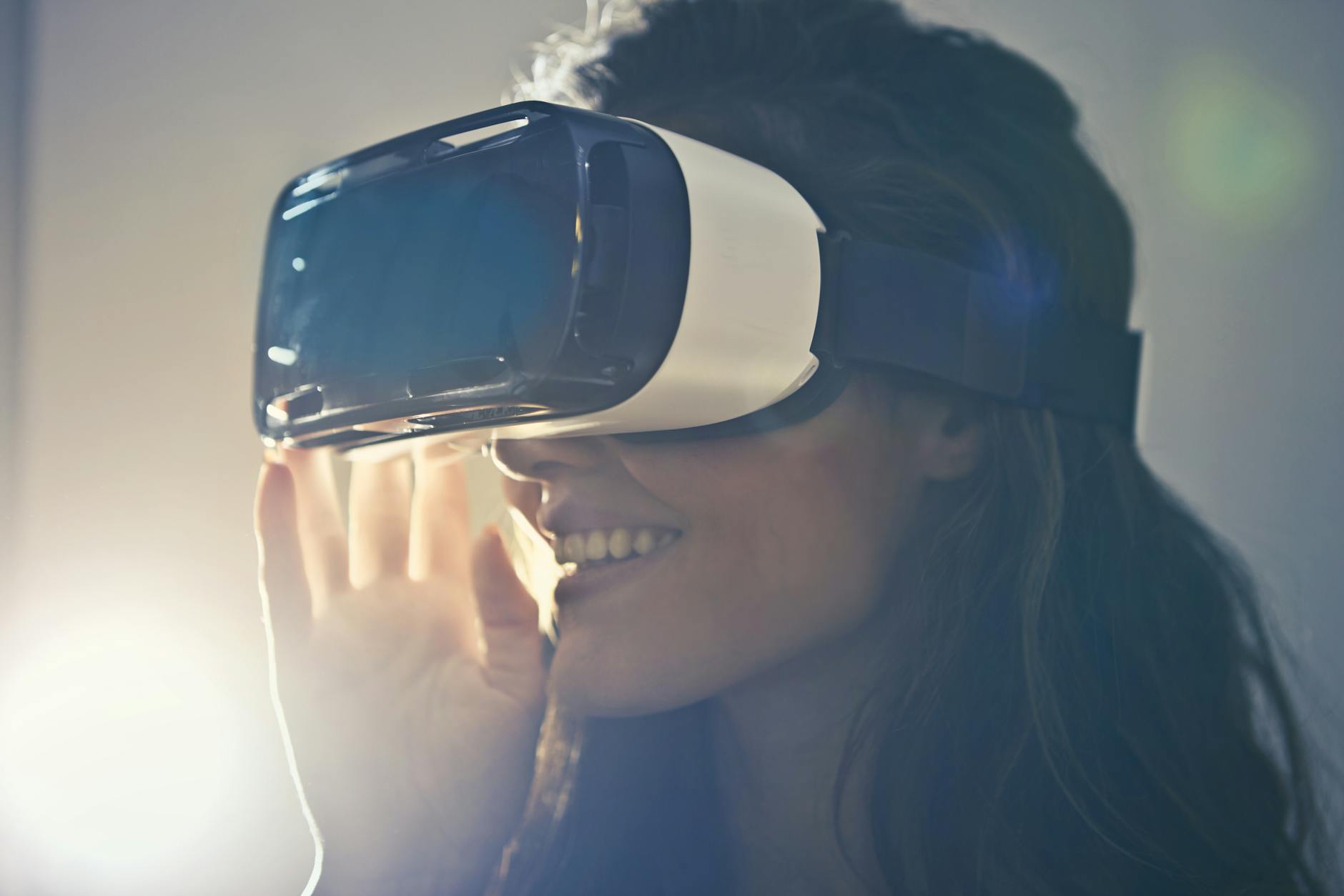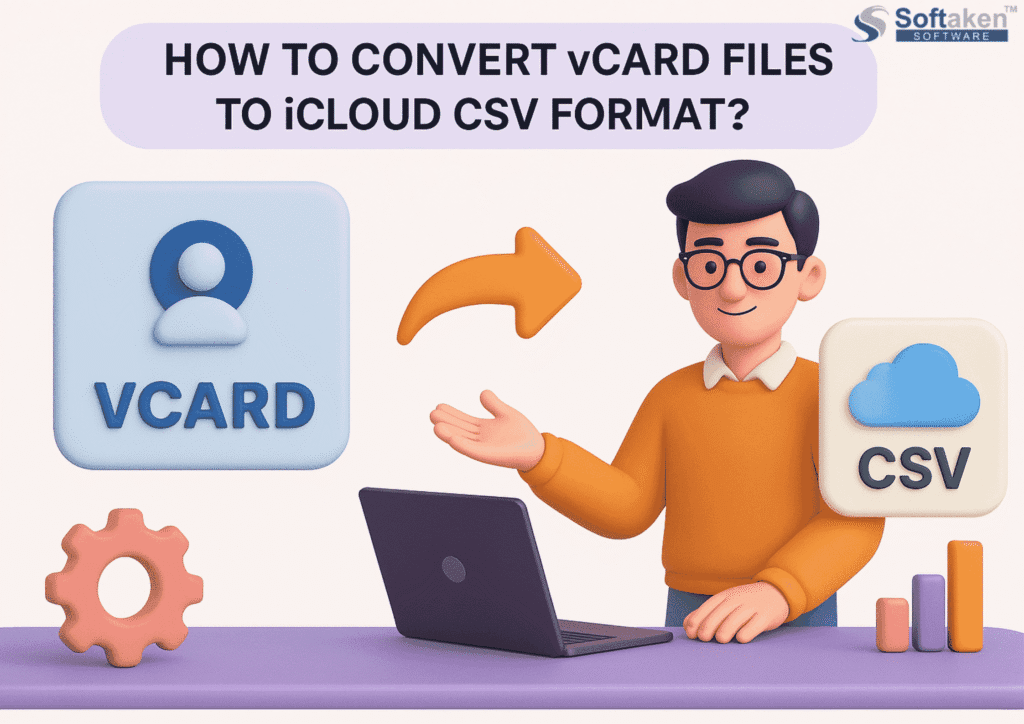
Virtual reality (VR) is not just about the goggles anymore. Although to be fair, VR goggle technology is still improving in terms of memory usage, resolution, intuitiveness, and interactivity. Trailing right behind it are the other VR gadgets (VR Glasses) that engage the rest of the senses, and ultimately aim to bring our collective sci-fi notion of VR into reality.
Hand Tracking Controllers
This tech may not look like much in terms of hardware, but its capabilities are certainly more faithful to how both nerds and laymen envision VR to be. Hand tracking controllers are state-of-the-art sensors that can track the bones in your hands in order to create a virtual image that moves in exactly the same way as the actual human hand. Right now, this initiative is being spearheaded by a company called Leap Motion, whose co-founder David Holz believes that accurate hand tracking will be essential to bringing VR closer to actual reality. The technology won’t be available to the general public anytime soon, but it’s certainly a huge leap in VR. Experts are already buzzing about its possible uses in medical and other technical training applications.
Popular Hand Tracking Controllers:
- Leap Motion Controller
- Oculus Quest Hand Tracking
- Ultraleap (formerly Leap Motion)
- Manus Prime II
- VRfree Gloves by Sensoryx
Haptic Suits
Haptic refers to the sense of touch, which some consider being the last frontier in VR. Combined with sight and sound, touch can be an extremely powerful sensory prompt in VR, and that’s exactly what haptic suits, jackets, VR Glasses, and gloves are all about. Disney Research, MIT, and Carnegie Mellon University have recently released a prototype for The Force Jacket. It’s fitted with 26 bags that can be inflated and deflated via a computer-controlled air and vacuum pump. It can simulate hard hits, gentler motions like hugs, and even vibrations – all depending on how quickly and forcefully the bags are inflated/deflated. It might just revolutionize not just immersive gaming, but also communications technology as well.
Popular Haptic Suits:
- TESLASUIT
- bHaptics TactSuit
- HaptX Gloves
- Woojer Vest
- OVR Technology ION
VR Chairs and Treadmills
The bulk of VR today still comes in the form of sedentary games. And while some more advanced games like Skyrim VR and its contemporaries might beg for movement, others require only that you stay seated. Casino games, for instance, are starting to trickle into VR at a decent clip, and require nothing at all in the way of movement. There are always popular new games in this category, including live poker gaming that looks like it’s coming at you from a super plush lounge in a real casino.
Popular VR Chairs and Treadmills:
- Virtuix Omni
- Kat Walk C
- Cybershoes
- YAW VR Motion Simulator
- VRGO Chair
As VR technology continues to evolve, several new and highly anticipated gadgets are set to hit the market soon, pushing the boundaries of immersion, comfort, and performance even further.
Meta Quest 3: A follow-up to the popular Quest 2, offering enhanced graphics, better performance, and improved comfort.
Specifications:
- Resolution: 4K+ per eye
- Processor: Snapdragon XR2 Gen 2
- Refresh Rate: 120Hz
- Tracking: Inside-out 6DoF
Pros:
- Wireless and standalone
- High-resolution display
- Improved processing power
Cons:
- Battery life could be better
- Limited storage options
PlayStation VR2: Featuring 4K HDR visuals, inside-out tracking, and haptic feedback, it’s designed for the PlayStation 5.
Specifications:
- Resolution: 2000×2040 per eye
- Refresh Rate: 90/120Hz
- Field of View: 110 degrees
- Tracking: Inside-out
Pros:
- 4K HDR visuals
- Enhanced haptic feedback
- Seamless integration with PS5
Cons:
- Requires PS5 console
- The limited game library at launch
Apple VR/AR Headset: Rumored to blend augmented and virtual reality with high-resolution displays and powerful processors.
Specifications (Rumored):
- Resolution: 8K per eye
- Processor: Apple M2
- Tracking: Inside-out, eye-tracking
- Mixed Reality Capabilities
Pros:
- High-resolution display
- Advanced AR integration
- Sleek design
Cons:
- High price point
- Limited software at launch
Pimax Reality 12K QLED: Promising an ultra-wide field of view and high resolution for an immersive experience.
Specifications:
- Resolution: 12K total (6K per eye)
- Refresh Rate: 120Hz
- Field of View: 200 degrees
- Tracking: Inside-out
Pros:
- Ultra-wide field of view
- High resolution
- Advanced tracking
Cons:
- Expensive
- Requires powerful PC
Varjo XR-3: Targeted at professionals, it offers photorealistic visual fidelity and mixed reality capabilities.
Specifications:
- Resolution: 2880×2720 per eye
- Refresh Rate: 90Hz
- Mixed Reality: Yes
- Field of View: 115 degrees
Pros:
- Photorealistic visuals
- Superior mixed reality capabilities
- Professional-grade
Cons:
- Extremely high cost
- Requires high-end PC
These gadgets represent significant advancements in VR technology, focusing on improved immersion, comfort, and usability.
For other games, however, and for games of the future, more movement is required. Actual locomotive movement is another aspect that can’t be provided by VR Goggles alone (VR Glasses). Enter VR treadmills and chairs. Omni-directional VR treadmills allow users to run and walk in reality, with their movements being translated into the virtual world. The same goes for VR chairs, that simulate driving, flight, and other seated motions. Just like VR Goggles, Omni-directional treadmills and VR chairs aren’t exactly new, which means that they’ve had time to improve for some years. And currently, there are a number of developers working on this type of motion-enabled VR technology.
Going back to the roots of VR technology, headsets are still being improved to provide a more streamlined, intuitive, and convenient experience for current users. Right now, it’s still typically recommended to reserve large amounts of space on your smartphone if you’re interested in using it for VR. Given all the elements featured by VR apps, they tend to slow down on devices that aren’t fully optimized.
Current developers are working on this problem by providing VR headsets not just with advanced and more immersive features, but also extremely low latency, which translates to minimal data and signals loss. In simple terms, minimal data loss means faster VR activity that’s closer to actual reality. And while these developments are far from being perfect, they’re well on their way.
You can also expect to see even advanced VR headsets getting cheaper and more affordable over the years, which means that you might no longer have to rely on strapping your smartphone to your head just to visit the virtual world. On the other hand, smartphones are getting faster and cheaper as well, and VR-specific inclusions to newer models are certainly on the horizon. We’re not saying that we’re all about to plug into The Matrix, but given how quickly VR technology is progressing today, would you be that surprised if this actually happened?
Read more related content:
Tech content on this site may include contributed articles and partnerships with industry voices. Learn more in our Editorial Policy.





